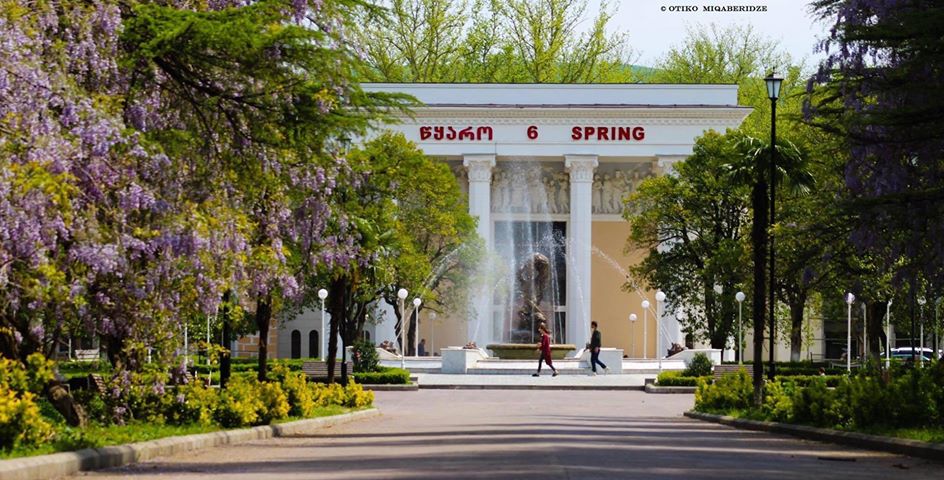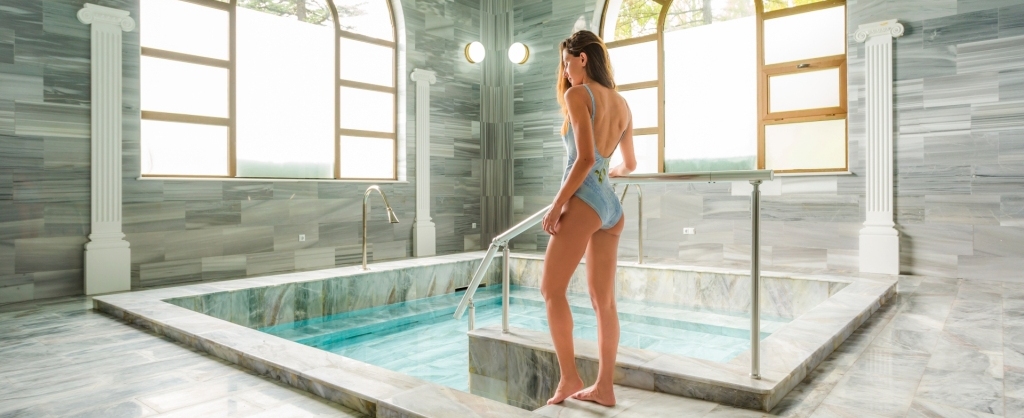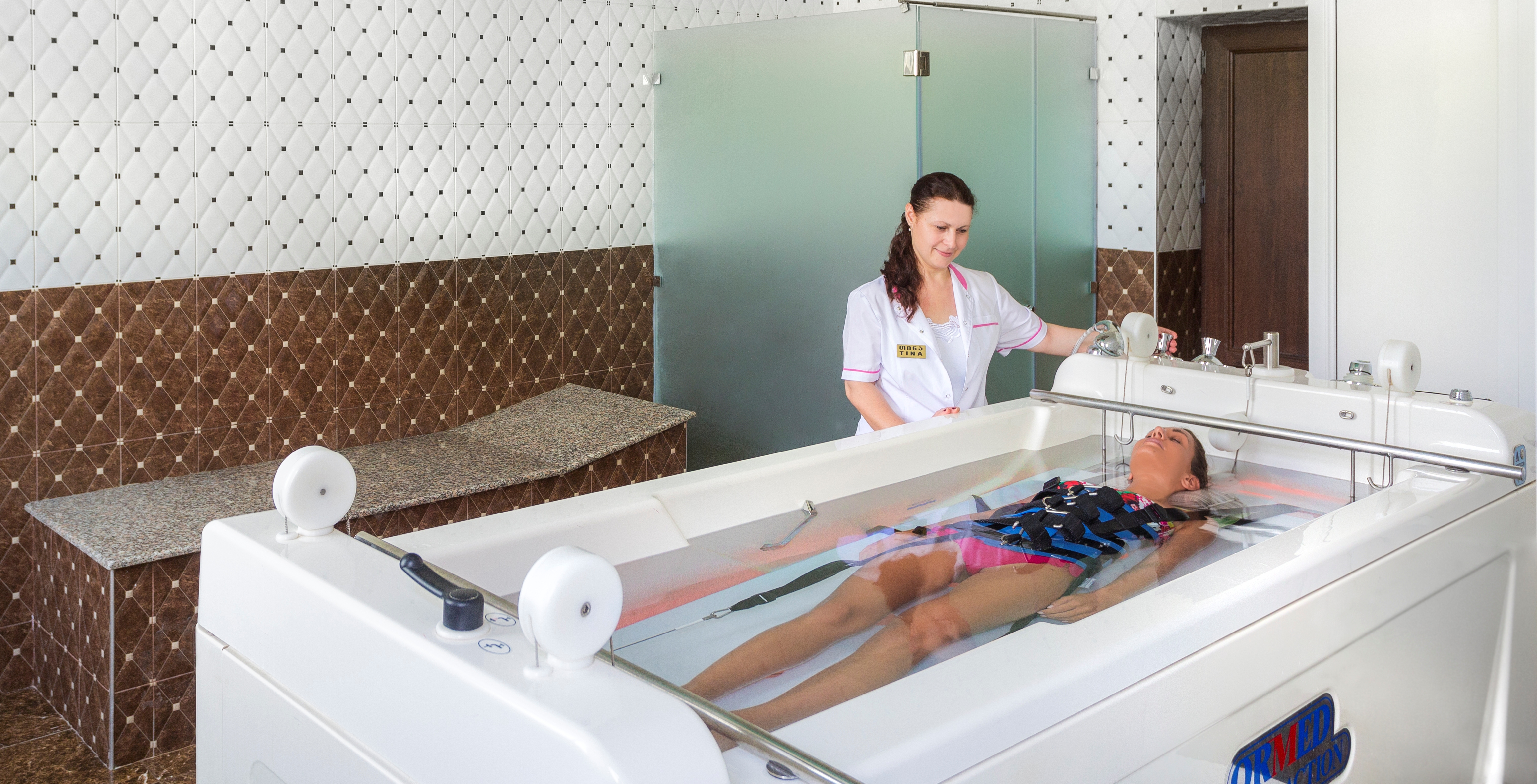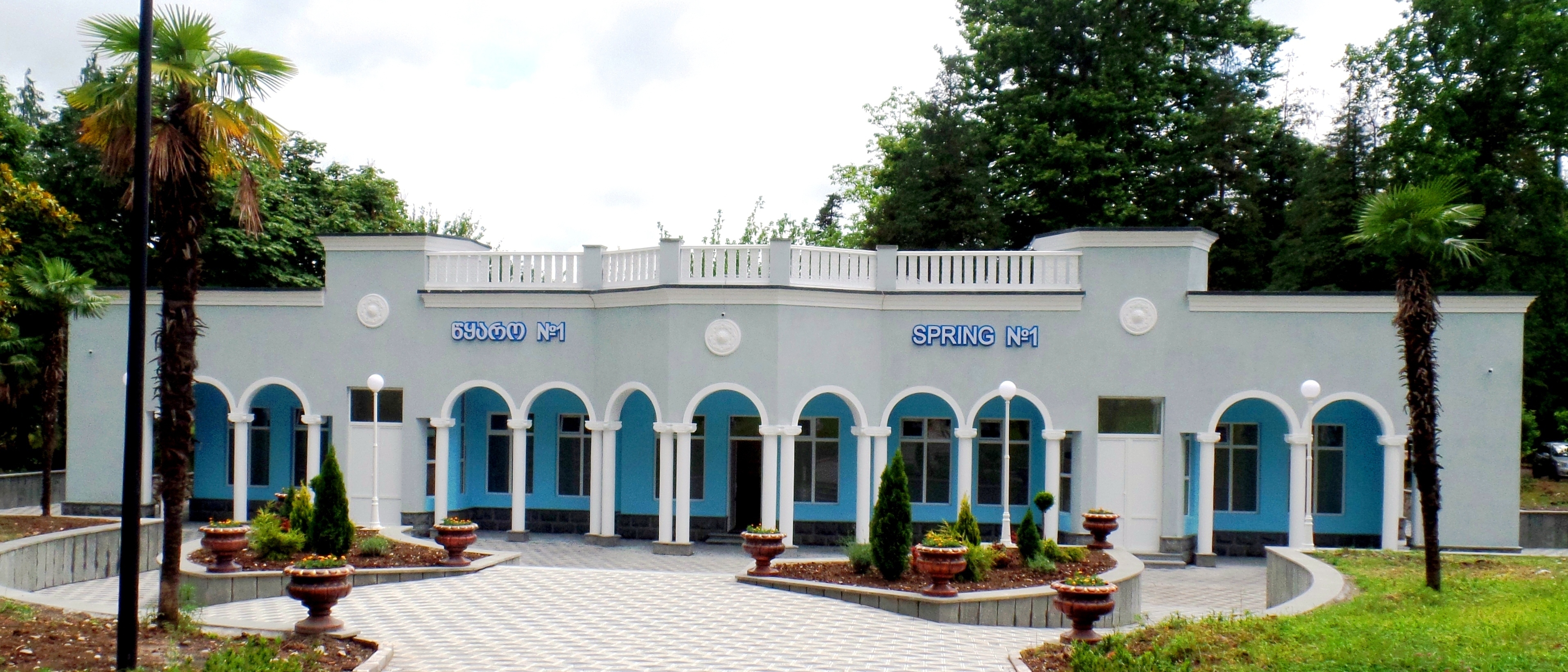TRIPS FROM TSKALTUBO
|
№ |
Trip / Itinerary |
Cost per car round trip |
|
|
Sedan |
Minivan |
||
|
1-3 Persons |
4-7 Persons |
||
|
1 |
Sairme Resort |
150 Gel |
180 Gel |
|
2 |
Borjomi Resort |
250 Gel |
300 Gel |
|
3 |
"The azure, gentle sea" - Adjara, Batumi |
250 Gel |
300 Gel |
|
4 |
“Monasteries of Georgia” - “Bagrati”, “Gelati”, “Motsameta” |
110 Gel |
150 Gel |
|
5 |
“Miracles of nature”, canyons: “Okatse” and “Martvili” |
160 Gel |
210 Gel |
|
6 |
“Tbilisi is the warm heart of Georgia” - Mtskheta, Tbilisi |
300 Gel |
400 Gel |
|
7 |
"Underground Tale or Following the Tracks of Dinosaurs" - Caves |
80 Gel |
120 Gel |
|
8 |
“To the Land of a Thousand Towers” - Svaneti, Mestia |
300 Gel |
400 Gel |
|
9 |
“To the homeland of “Khvanchkara ”- Racha, a feast table possible for extra. fee |
200 Gel |
300 Gel |
|
10 |
Akhaltsikhe, the fortress "Rabati" |
250 Gel |
350 Gel |
|
11 |
The "Prometheus" cave |
30 Gel |
60 Gel |
|
12 |
“Sataplia” cave |
60 Gel |
75 Gel |
|
13 |
Okatse Canyon and Kinchkha Waterfall |
120 Gel |
170 Gel |
|
14 |
Martvili Canyon |
120 Gel |
170 Gel |
|
15 |
In Kutaisi: fairs of gold and silver jewelry |
100 Gel |
150 Gel |
|
16 |
At the casino in Kutaisi |
200 Gel |
300 Gel |
* GUIDE SERVICE IS NOT INCLUDED IN THE PRICE.
*Exchange rates in the Bank "JSC Bank of Georgia": www.bankofgeorgia.ge refer to the column "Buy".
COST OF ENTRANCE / EXCURSIONS TO SOME ITINERARY
|
№ |
ITINERARY |
PRICE PER PERSON (GEL) |
|
1 |
Batumi city: botanical garden, dolphinarium, cable car |
The Botanical Garden - from 8 Gel, Dolphinarium - 15/20 Gel, Cableway - 30 Gel |
|
2 |
Borjomi resort (trip to nature, mineral waters) |
Entrance to the park - 2 Gel |
|
3 |
Tbilisi + Mtskheta: monasteries “Svetitskhoveli” and “Jvari” (“Cross”) Entrance fee to museums in Tbilisi (optiona |
Entrance fee to museums in Tbilisi (optional) |
|
4 |
Monasteries: “Bagrati”, “Gelati”, “Motsameta” (Kutaisi and surroundings) Free |
Free |
|
5 |
"Prometheus" Cave and a promenade on the underground river by boat |
Foreign citizen adult, only cave - 23 Gel, Foreign citizen adult, boat - 17.25 Gel |
|
6 |
Sataplia Nature Reserve: dinosaur tracks, cave, glass observation deck |
Children under 6 years old - free For minors (from 6 to 18 years old) - 5.50 Gel, For foreign citizens (except minors) - 17.25 Gel |
|
7 |
Okatse Canyon (along the canyon on the suspension walkway) |
For foreign citizens - 17.25 GEL Children - 5.50 Gel |
|
8 |
Martvili Canyon (by canyon / river by boat) |
Foreign citizen adult, only canyon - 17.25 Gel, Foreign citizen adult, only boat - 15 Gel |
|
9 |
Mestia (1500 m. abovethesea level, XII century towers) |
Entrance fees to museums (optional) |
Exchange rates in the Bank "JSC Bank of Georgia": www.bankofgeorgia.ge refer to the column "Buy".
ATTENTION! GEORGIAN CITIZENS SHOULD PRESENT ID CARDS AT TOURIST SITES ENTRANCE, OTHERWISE, THEY WILL HAVE TO PAY THE FEES CHARGED TO THE FOREIGN CITIZENS FOR THE ABOVEMENTIONED SERVICES ON THE ITINERARIES.
Gelati Monastery
Gelati is a symbol of Georgia's Golden Age. Gelati Monastery was founded and built by King David the Builder in 1106 on a hill overlooking the valley Tskaltsitela, near Kutaisi. From the monastery complex have survived Catholicon (XII century.), the Church of the St. George and St. Nicholas (both of them XIII c.), the building of the Academy, the refectory, the bell tower. Catholicon was dedicated to the Virgin, built in 1106-1130.
In this cathedral is buried the King David and all subsequent kings up to Queen Tamar, as well as some of the kings of Imereti, for example, Solomon I and Solomon II.
It is a well-preserved complex of rich mosaics and frescoes. On the walls there are paints of XII and XVI centuries. In the conch of apsis there is a mosaic of the XII century - Virgin and Child between two archangels. Frescoes and mosaics in Georgia differ from the usual Byzantine enormous size and other types of faces. Many years Gelati Monastery was a cultural and educational center of Georgia and had its own academy. This Academy employed a lot of scientists, theologians, philosophers, orators and translator, many of whom had previously been active at various orthodox monasteries abroad, one of which was the Mangana Monastery in Constantinople. Among the scientists were such celebrated scholars as Ioane Petritsi and Arsen Ikaltoeli. Due to the extensive work carried out by the Gelati Academy, people of the time called it "a new Hellas" and "a second Athos".
Gelati Monastery belongs to the few architectural ensembles of Georgia, who have retained its basic construction in parallel with the information on their founders and builders.
In the XIV century Gelati was destroyed by the Mongols, but in the XV century Georgian King George VI rebuilt it. During the XVII century Gelati Monastery had lost its former purpose and in the XVIII century, the king of Imereti (part of West Georgia) Solomon I restored temple complex. Since the day of establishment Gelati also served as the necropolis for the kings of Georgia. Gelati Monastery has preserved a great number of murals that are dated with XII-XVIII centuries. And therefore, the most wonderful architectural complex of Gelati is its frescoes and mosaics that return days gone by and remind us of its creators. Here, in the cathedral are the iron gates of the city Ganja who was brought here by the King Demetre in 1139.
The enchanting beauty of Gelati Monastery attracts many visitors.
In 1994, Gelati Monastery was recognized by UNESCO as a World Heritage Site.
Bagrati Temple
The construction of Bagrati Cathedral, named after Bagrati III, the first king of united Georgia, started at the end of X century and ended in the first years of XI century. He was consecrated in honor of the Assumption. The cathedral couldn’t have been survived up to this day, but its ruins are still preserved in the center of Kutaisi. They are located on a hill Ukimerioni and are cultural monuments of the city.
Bagrati Temple was a special place where was concentrated the whole intellectual life of our ancestors, and in addition, there were celebrated all the great events of the time, and there could find protection from the enemy. In general, the cathedral was not only a spiritual destination, but it is also considered as a symbol of the united Georgian people.
An inscription on the north wall reveals that the floor was laid in "chronicon 223", i.e., 1003. Bagrati, one of the finest examples of late medieval architecture, is distinguished with refined, harmonious proportions, elegant decor and an extensive variety of interior space. Bagrati Cathedral is cruciform building with a dome resting on four massive pillars, and its eastern, southern and northern branches end with semicircular apse. Its western transept was used for the choir. Vases and capitals were covered with stucco ornaments, walls and floor were decorated with mosaics, fragments of which are still visible. In the southern entrance can also be traced random fragments of the fresco of the Virgin. 16-year-old David the Builder was crowned there 900 years ago. Who could have imagined that this young man was able to unite Georgia. This is the reason why the Bagrati Cathedral has become an attractive and expensive place of worship for the whole of Georgia.
Description of the monument: Bagrati Cathedral dates back to the XI century. Owing architectural specifics and historical significance, it is regarded as one of the most significant monuments of medieval Georgian architecture. It is three-apsed building type that is commonly built with dome. In the early XI century there was built decorated porch on the east and south sides of the church.
In 1994, the temple is included in the UNESCO World Heritage list.
Monastery Motsameta
Monastery Motsameta properly called Monastery of Saint David and Konstantine. It is very close to the Gelati Monastery, but is separated from it with canyon and a small mountain.
At the beginning of VIII century there was a church. During the invasion of the Arab armies Murvan Ibn Mohamed the church was burned down. The whole area of Likhi ridge was called as Argveti, it was governed by lords David and Constantine, whose residence was fortress Shorapani. They protested against the Arabs with army, but were defeated and captured. For some reason, Murvan wanted them to convert to Islam but the brothers refused. They were tortured 9 days and drowned in the river Rioni. When their bodies were found on the riverbank, people heard the voice of God, who told them to carry them on the east to a point where the procession finds dawn.
This place turned out to be the ruins of the burnt church - about 3 miles from the river Rioni. There were buried David and Konstantine. In the middle of XI century, there was built a great temple and founded the monastery "Motsameta" (martyrs). Around the same time it was compiled "The Martyrdom of David and Konstantine."
Ark of the relics of the Saints is in the main church, on a hill to the right of the entrance. Under them is made a pass at about half the height of a man. The custom orders several times to pass around the ark through this passage.
Bagrati III rebuilt the church in the X century. The present building was again restored in the XIX century.
Motsameta is the monument of Georgian architecture.
Prometheus Cave
In one of the historic complexes in Georgia near Tskaltubo (5 km.), through the synthesis of the light, music and laser show, is staged the most modern in Europe, the tourist infrastructure of completely new type. On decoration of the area with a radius of three kilometers around the cave worked designers from Germany.
In the cave of Prometheus at different stages of development of the land arose four layers, and tourists will be able to view this historic area as from pedestrian path as well as from boats.
Location allows infrastructure development in the same territory in a few caves, where wild speleology will be planned. At the 8-kilometer stretch of this territory-it’s also possible to arrange tours lasting several days. It will be available o arrange speleodiving, the most expensive extreme sports in Europe. For patients with asthma will be available speleotherapy.
From the territory of the mountain cave of Prometheus is visible Khvamli to which, according to legend, Prometheus was chained.
As part of the same project flights are scheduled between Batumi and Kutaisi.
Georgian Park of Jurassic Period
Dinosaurs passed through the wet sand on the beach, which existed here in ancient times. They must have been pleased, even when they stepped on the wet sand feet chapped from the heat. They did not even imagine that behind them concealed eternity.
RESERVE "Sataplia".
Sataplia - "Honey mountain", Cave "Sataplia", dinosaur tracks
It's all about Sataplia - the unique nature reserve between the local resort town Tskaltubo and Kutaisi, 500 meters above sea level, known for its karst caves and dinosaur tracks. On the territory of the former Soviet Union, there are three places with such tracks: in Ravat Gorge in Tajikistan, on Sataplia Mount in Georgia and Hodge-pil in Turkmenistan.
Near Kutaisi, in addition to large caves of Sataplia and Navenakhevi interesting with their ecosystem, there are a lot of small ones. In some of them are the remains of primitive man, such as a cave of Uvarov and Sakazhia. Apparently, these places once were inhabited by primitive tribes. In the area there are caves which have not been explored. Cavers call them terrible rip-off, because the entrance there requires iron nerves and skill. But the efforts doesn’t go in vain - karst entrance, revealed in depth, leads you into the large hall with intact stalactites and stalagmites.
Underworld of Georgia has gained popularity recently. Here was found two-thirds of the caves - more than 600, known in the former Soviet Union, and moreover, they are concentrated in Western Georgia on the famous limestone karst massif of Arabica. The most interesting for the tourism industry is Tskhaltubo karst area with complex hydrogeological structure. The part of the local caves are integrated into the complex called as Sataplia. This oldest object of the underworld and dinosaur footprints, discovered in 1934 near the site of fossilized cave, is unique. In one part of the complex Sataplia - the White Cave (Tskaltubo) – are found numerous tools and life of prehistoric man. Sataplia in Georgian means "honey", you can see the nests of wild bees, arranged in the grooves and crevices of limestone cornice; dinosaur tracks discovered in the last century, caves and preserved relic forest enriched the name of the new value: Sataplia was really "mountain honey" for tourists.
It was opened in 1925 by local historian Petre Chabukiani. By the way, he also discovered tracks of dinosaurs. This amazing cave, consisting of many halls, was accidentally found by following streamlet that was running through the cliffs.. The length of the cave is 900 meters (the length of the tour route - 309 meters) and each centimeter of it is a natural exhibit. Calcite growths remember the animals and fairy tale characters, but there is also the pride of the cave - "Stone Heart" - a huge stalagmite shaped like a human heart. Stalactites and stalagmites grow to 1 cm in 1000 years, so the historical moment of reunification "Stone Heart" will see only our distant descendants.
Next to the "heart of stone" is a hall, which used to be equipped to receive patients suffering from bronchial asthma. The constant temperature is + 14 degrees and the air cave have healing properties. The proof it is Petre Chabukiani himself, who has lived 94 years.
Within the reserve, which at the same time is a scientific and tourist center, is built a special facility for preservation of dinosaur tracks, in the caves there is installed a modern system of lighting stalactites and stalagmites and acoustic, paved paths in the woods Colchic, there is also built glass observation deck, visitors center, an exhibition hall and the original cafe.
BATUMI
All the charm of the southern city and the seaside resort personifies the sunny Batumi. It is located on the Black Sea coast, and, like an expensive mount, is framed by exotic flora subtropics.Palm trees, cypresses, magnolias, oleanders, bamboo, laurel, lemon and orange trees, boxwood and arborvitae fragrance are here at every step. Batumi is located in a convenient natural Black Sea bay and is an important seaport for the entire Georgia. For a romantic picture of the ships sailing out of the harbor is best seen from the waterfront of Batumi. Batumi residents call this place Seaside Park Boulevard. It surrounds the city on its boundary with the sea for 15 km and is always revived. It is the most popular place for Batumi residents and guests of the capital. Here is set a symbol of the city - Dolphin with palm branches. Dolphins frolic all year in the shore of Batumi, are integral part of the look of the resort.
Not far from the boulevard lies the town beach. To the east of the beach are placed theaters, cinemas, restaurants and other entertainment venues. From afar the residential areas of Batumi flash all the colors of the rainbow. Every house is painted in a specific color.
Particularly interesting is also the oldest part of the city. It is 150 years old. Here reigns the spirit of past centuries, the rows of benches of artisanal craftsmen, manufactures of copper utensils, making breathtaking aroma of freshly brewed coffee in small cafes. Old Town is diversed with architectural delights: the buildings are decorated with chimeras, mermaids, Atlanta and other mythical creatures.
The architecture of Batumi is characterized with a combination of European and Asian styles, the variety of architectural forms. In the city you can find a building with elements of Georgian, Turkish, Russian imperial, Soviet, British, and French colonial architecture, building, combining European and Oriental architecture. The city is especially beautiful in the evening, in the lights. In the afternoon modest buildings acquire the majestic appearance of the palace.
Today Batumi is changing its appearance. There are constructed new buildings of banks, hotels, tourist and sports facilities; construction of residential buildings of world standards is started. There is constructing fashionable shopping center gallery with swimming pools, a yacht club and attractions for children. In the future, all of the historical part of the city will become a district with lots of boutiques, tea and coffee bars. Herewith, Batumi will be the city of European and Asian cultures. This cultural mix is due to historical facts. Take a short tour in the city's past.
... The first information about Batumi belong to the Greek philosopher Aristotle and touches upon the IV century BC. He described the city called Batus (from the Greek "deep"), located on the Black Sea in Colchis. The basis was the ancient fortress city of Tamaris- Tsikhe. In the II century AD Romans came to Batumi. In the V century Georgian King Vakhtang Gorgasali annexed the city to his possessions. In the VI, VII and VIII centuries Batumi and its region were governed by Egrisi lords. In the XVII century Batumi was captured by Turkey. After its defeat in the Russian-Turkish war in 1878 it was annexed to Russia. In the same year at the Berlin Congress Batumi has been declared a major commercial port through which Russia conducted foreign trade with oil. In this status, the city spent 8 years and brought the country some good. Batumi, in a short time has become the third largest city in the South Caucasus, and as the port was the third in the Russian Empire. At the beginning of XX century, Batumi is becoming an important industrial center and later a famous resort.
Batumi Seaside Park - the epicenter of the entertainment life of the resort. Here reigns eternal holiday, playing music, outdoor cafes, bars, restaurants, clubs, sport centers, a variety of attractions. The special attraction of the Seaside Boulevard - dancing and singing fountain with colored lighting, surrounded by flowering magnolias, create a unique romantic atmosphere. The fountain is designed in such a way as to create a sense of "dancing" to music by the water jets. For greater effect, the fountain is illuminated with bright colored lights.
Batumi Botanical Garden - a true Garden of Eden, descended from the biblical pages. And what else can you call this stunning area, which contains samples of the most rare, strange and beautiful plants of the world! And they all get along remarkably close to each other: the Japanese cherry, Canary date palm, cactus, bamboo, palm trees, magnolias, cypress and others. The vast majority of instances constitute subtropical plants - more than five thousand.
The Garden, laid out on the basis of the legendary Gardens of Babylon, gets down in layers from the top of the mountain to the sea: to the top of the plant area of the Himalayas, at the foot of - Mediterranean flora.
Unique botanical garden is located 9 km north of Batumi in the vicinity of Mtsvane Kontskhi (Green Cape) resort. The garden was founded in the early XX century by botanist Andrei Krasnov.











